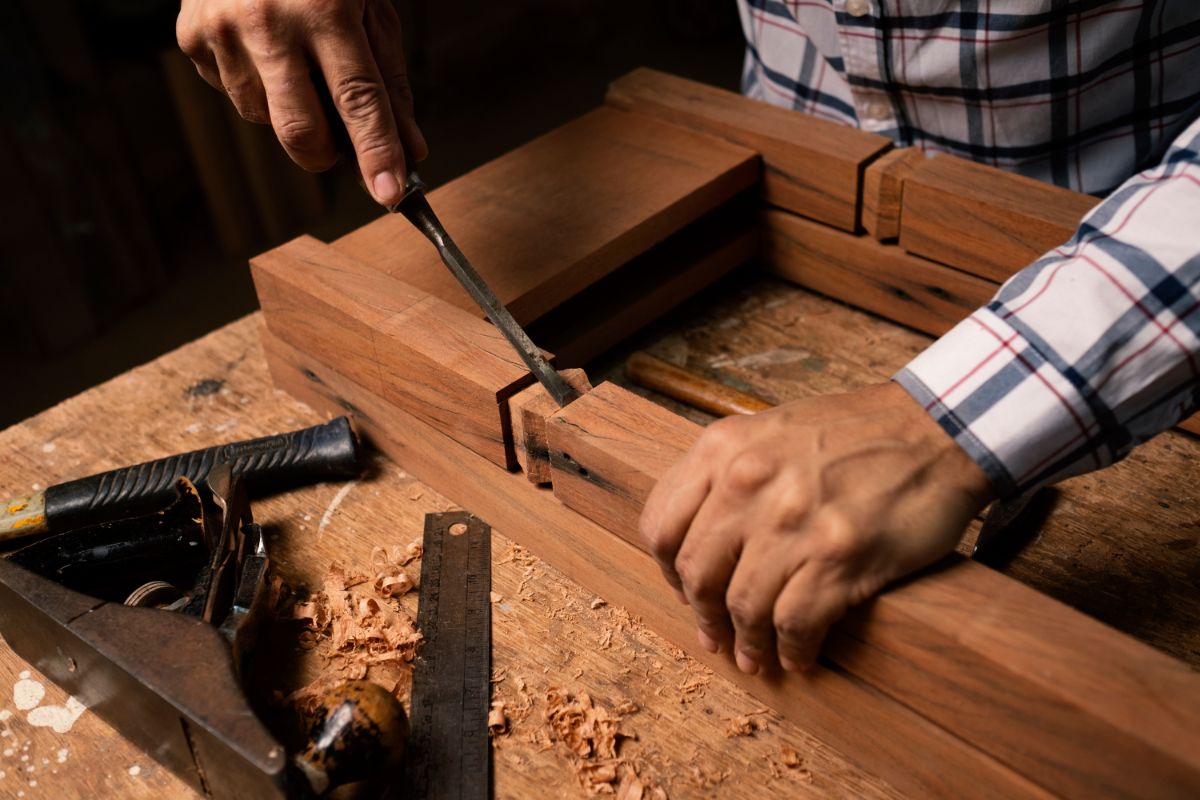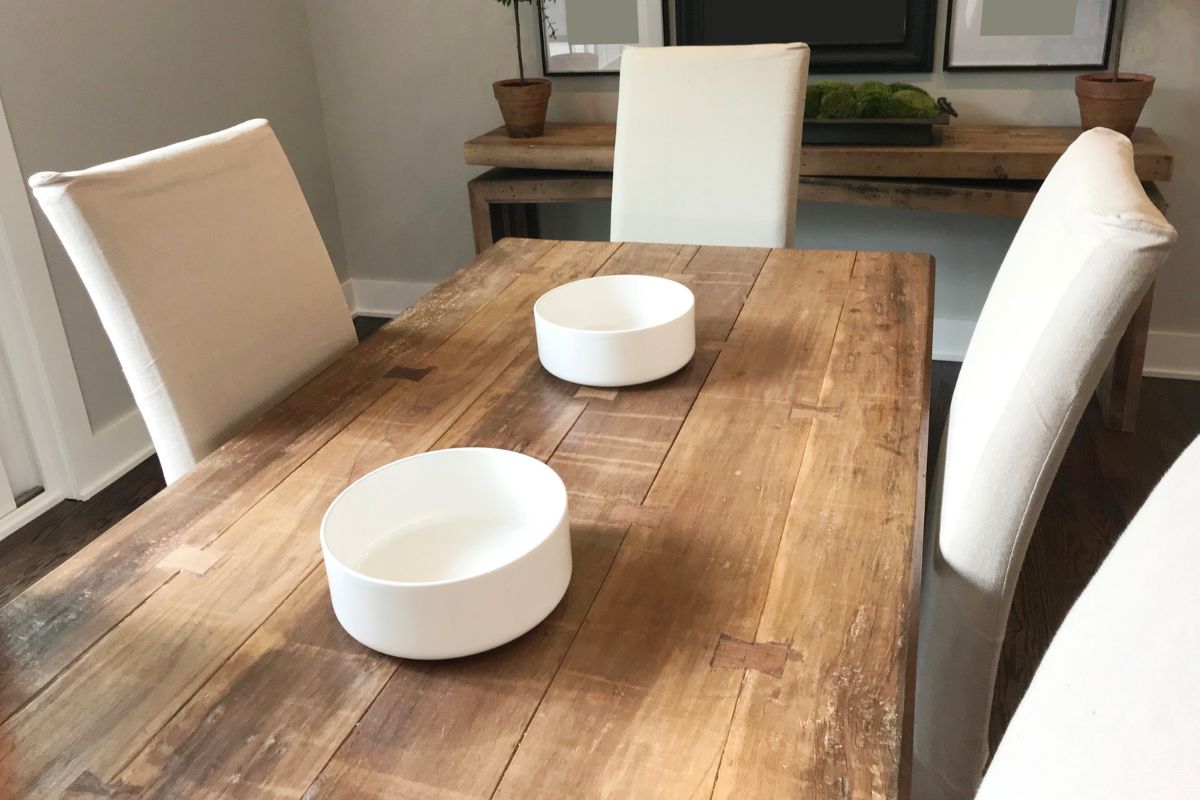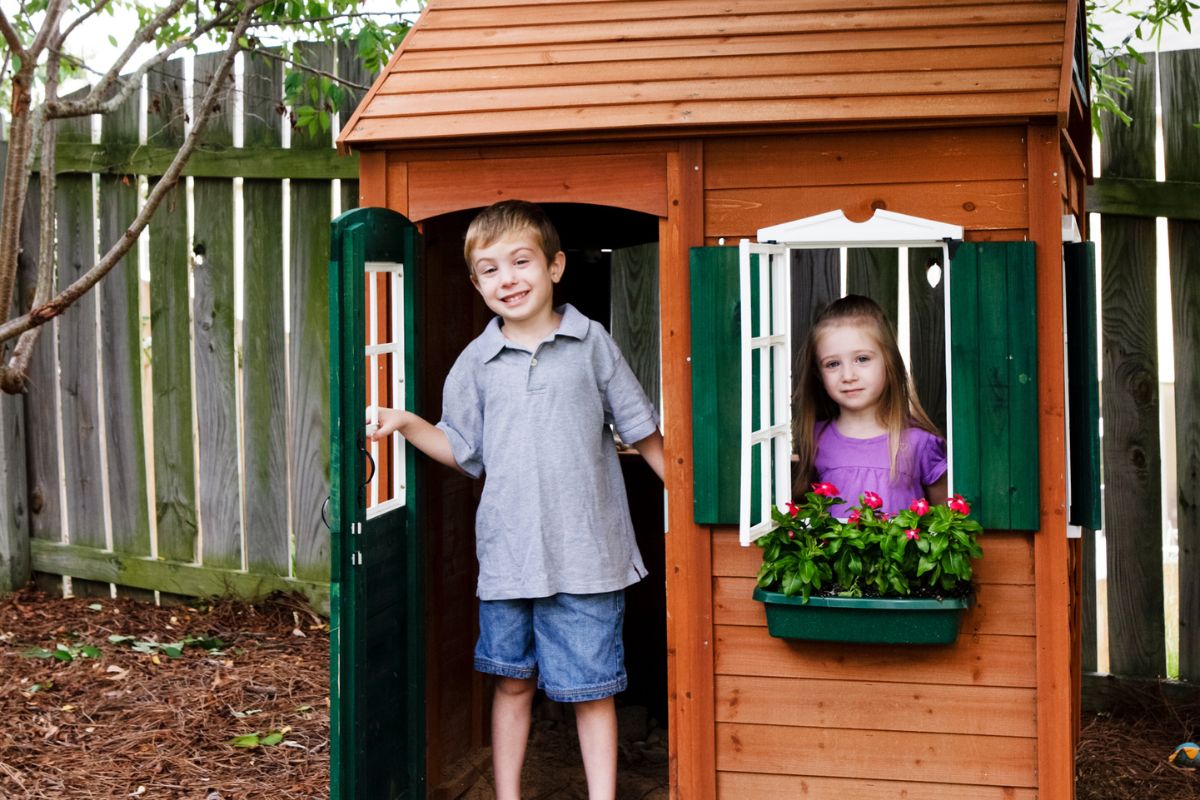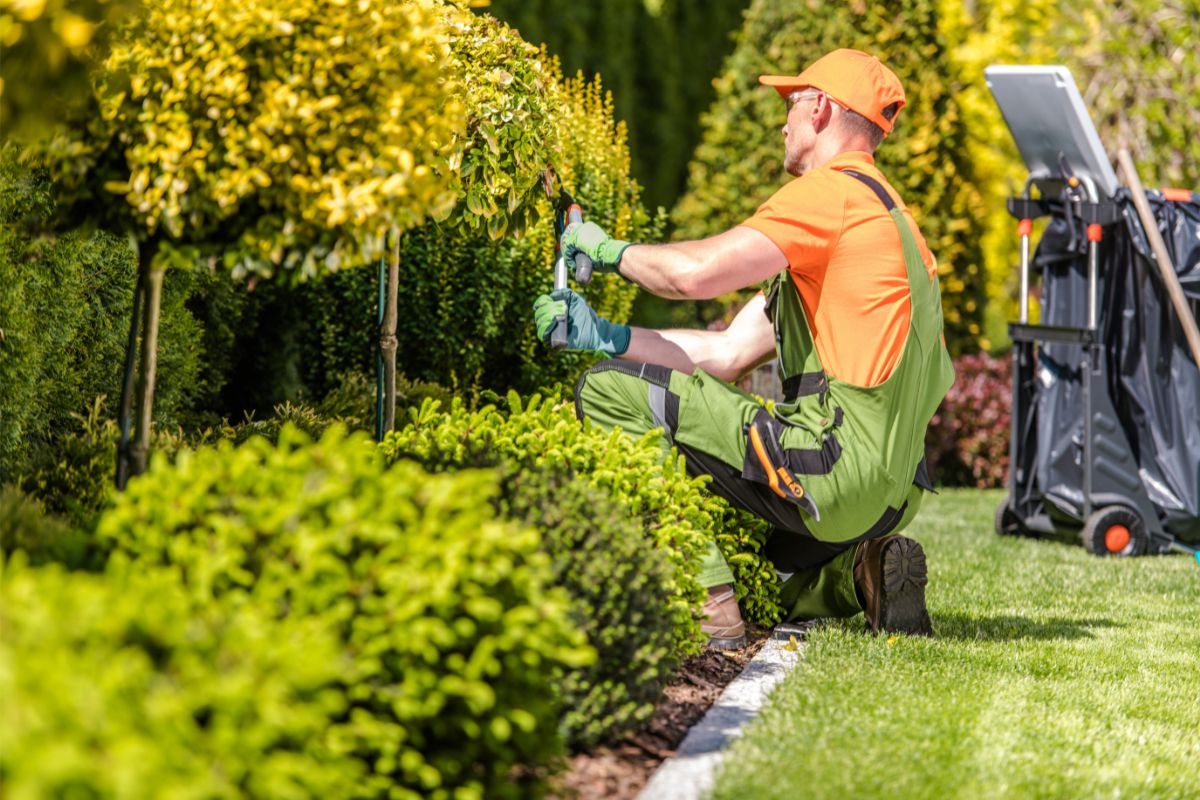Concrete is among the hardest and longest-lasting building supplies that man has discovered, and the introduction to concrete that’s been reinforced with steel resulted in the gigantic bridges and high rises that we are now used to seeing.
Applying a concrete mixture such as Quikrete during a home improvement project could be an enjoyable and fulfilling experience.
It is, nevertheless, not the gentlest of mixes to use, so you need to know how to use it and how much time it needs to dry.
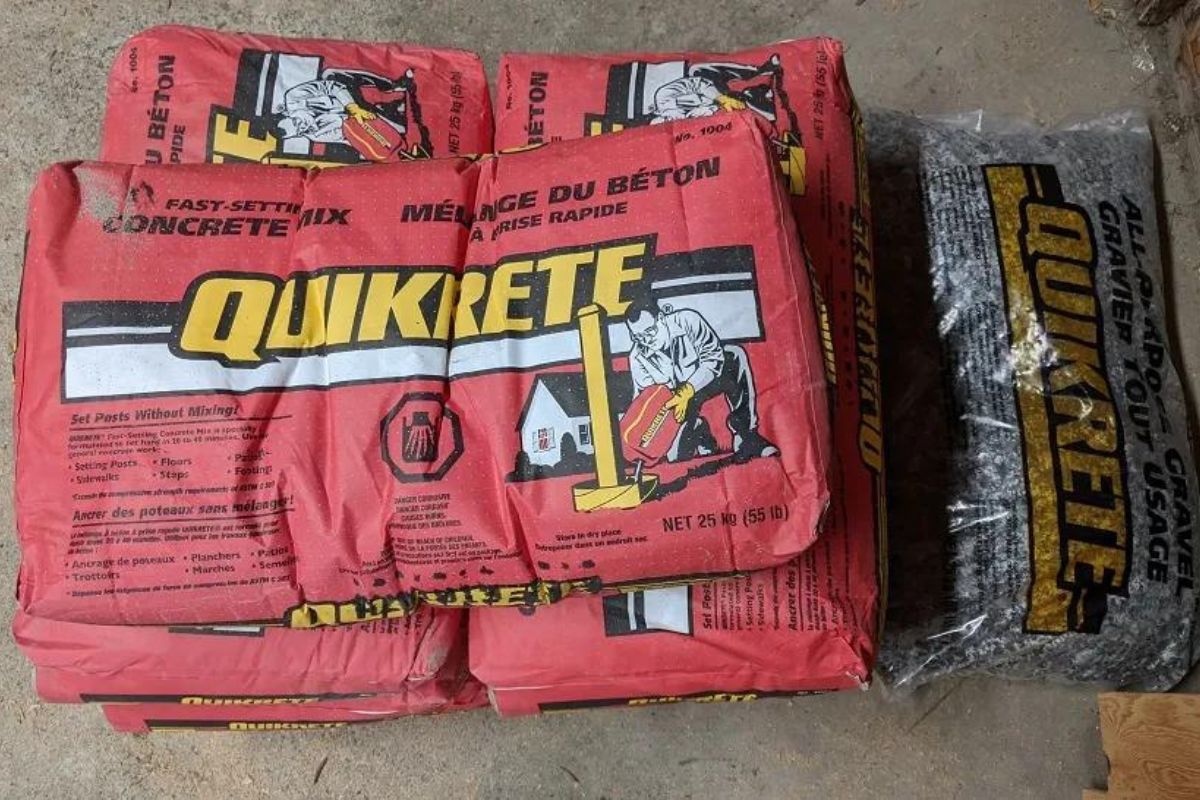
You must be knowledgeable of how to blend and pour Quikrete while taking into account that that concrete has a short “working” window during which you can work with it before it starts to harden.
That is why you should read this article to learn everything you need to know about Quikrete and its drying and curing process, irrespective of what you are looking to build.
What Is Concrete?
Concrete is a mixed product composed of an aggregate and a binding agent, which in this case is cement.
Once water is incorporated into the mix, cement is activated, and the mix becomes a partly liquid sludge.
The countdown for the concrete’s drying phase has begun at this stage, which means you will only have a small window of time to blend, pour, and form it.
The hardening phase commences with the water’s chemical reaction with the cement, which is causing the rest of the materials to become one.
Concrete mixtures have varying drying and curing speeds. Concrete products that set fast can dry in 20-40 minutes and cure to the point where they can hold weight 4 hours from their pouring.
The standard ready-mixed concrete mixture has a long drying process time. It will keep on being in partly liquid form and is easy to work with for about 60 minutes before drying to almost half of its maximum strength within a day.
After a day has passed, it is typically dry enough to be used by pedestrians. After 2 and 3 days have passed, it is ready for light vehicular traffic, while after two weeks to a month, it can be used normally.
What Influences The Concrete’s Drying Time?
Aside from the specifics of this concrete mixture, a range of other variables affect the amount of time Quikrete needs to dry.
Temperature
When looking to blend and pour concrete, the temperature is an essential consideration.
The warmer the atmosphere is, the quicker the concrete dries. Conversely, the chillier it is outside, the more the drying phase lasts.
Temperature changes can significantly impact the concrete’s solid result.
High temperatures not only help the concrete to dry at a fast rate but they will also lead to the material’s dehydration, resulting in a weakened result.
Hot Weather
As a result, if you want to blend and pour this Quikrete product, it is best to do it during the early morning hours or at least when the sun has set during the hot summer season.
This ensures that the chemical reactions occur at the proper temperature and that the concrete has been left to dry for a sufficient amount of time before the bright, hot sun strikes.
Other precautionary measures you can consider taking in hot weather include keeping the dry mixture in a space that is not directly hit by the sunlight till the time comes to use it.
Moreover, mixing it with cold water as well as dampening the sand or gravel onto which the concrete is being poured is another great way to keep it at the right temperature.
Cold Weather
On the other hand, working with Quikrete during winter entails another number of difficulties.
Although moderate low temperature levels slow the time it concrete will dry and cure, which produces a more durable final result, extremely low temperatures can end up making pouring hard.
In case the concrete freezes when it should dry, it will end up losing up to 50% of its strength properties.
To avoid this occurring during the drying stage, consider using hot water when blending the materials, adding a chemical accelerator in the mix, and using a concrete blanket to heat up the surface prior to and after you pour the Quikrete product.
Furthermore, it is best to keep the concrete warmer during the curing process. Using a blanket or other things like burlap cloths to cover the concrete would then retain heat and maintain a warm temperature whilst curing.
To prevent the aforementioned challenges, pouring concrete during mild (60° to 80° F) temperature levels is advised.
Moisture
A further important variable that affects concrete’s drying time is the water-to-cement ratio.
Major manufacturing companies will advise varying quantities of water to be added to the dry mixture, so sticking to their guidelines is the wise thing to do.
Quikrete typically asks for 1.9-3.3 liters of water in total per 60 lbs. bag. The more water you add, the weaker the mixture, and the longer it takes to dry.
You may even be compelled to add less water than suggested in order to shorten drying times, but we highly advise you not to.
Since fewer water results in fewer chemical reactions between the ingredients, the desired outcome won’t be there and what you’ll get will be a much weaker version of it.
Type Of Concrete Mixtures
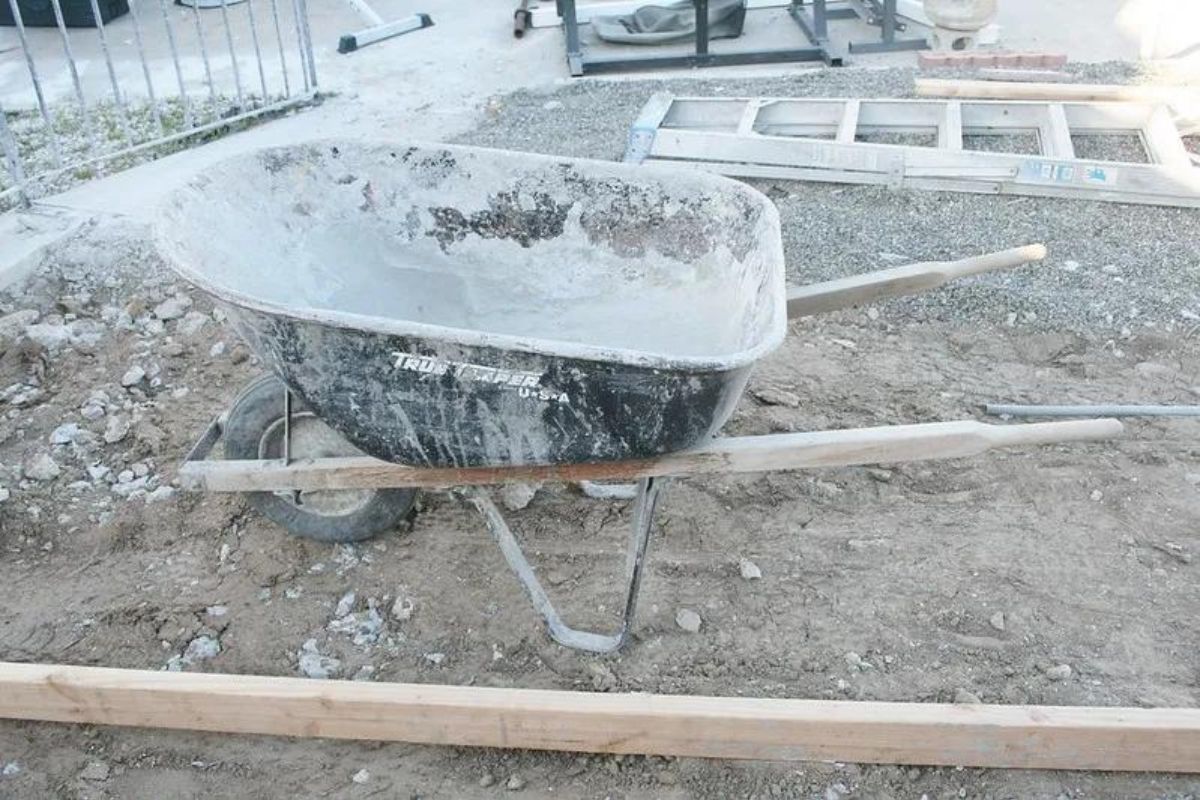
As discussed in the previous section, the kind of concrete mixture you use will influence the time you will need to wait for the concrete to dry and cure.
If you’re looking for a concrete that will quickly dry, there are many products specifically made to dry quickly and cure so as to hold weight in as little as 4 hours.
Such products can turn out to be very useful when putting up fence posts, post boxes, deck posts, or other types of posts.
Furthermore, Quikrete manufactures a concrete that is developed to set within only 10 minutes. Because of its quick drying time, it is perfect for minor repair work and cast projects.
Standard mix concrete tends to dry to the touch approximately in one day and reaches 70% of its ultimate strength in a week.
Prior to actually adding any significant weight, remember to check the fine print on the back of the concrete pack.
The key point to remember here is to make sure that your concrete mixture matches the project you are working on. Furthermore, don’t ever mix multiple kinds together because the end result will be uncertain.
What Does The Quikrete Setting Imply?
Whenever someone asks how much time Quikrete needs to dry, what they are asking is how much time the product needs to set.
When the concrete’s curing process is complete and it has become rock-solid, you can not rework it or change its shape anymore.
Once a completed concrete structure has solidified, it is unrealistic for you to hope that you can change it or remove it. It is also completely risk-free to walk on.
How Much Time Does Concrete Need For The Curing Process?
As you can already tell, to dry and cure concrete, two different processes will take place.
In general, drying corresponds to the amount of time required for the concrete to become rock-solid or transform from its paste-like to its sturdy form.
In general, drying corresponds to the amount of time required for the concrete to ‘set,’ or transform from its paste-like to its sturdy form.
When it has petrified, it can take some light pedestrian traffic, but it is still a fair way from being perfectly sturdy.
The curing process entails preserving an optimum environment for the concrete to achieve its maximum strength.
Normally, it takes approximately a month for the concrete’s curing process to be completed.
Nevertheless, the curing process is not a linear one. A large percentage of it occurs during the initial 3 to 7 days, and after 7 days, the curing process is at that point where cars can drive on the concrete.
The last part of this process (10% of what’s left) occurs between 7 and 30 days, which is the time when the concrete is brought to its maximum strength.
The Bottom Line
Quikrete is among the industry’s leading producers of ready-mix concrete and for good reason. Its concrete mixture is perfect for most of the concrete constructions you are looking to work on.
And now that you have read this article, you can easily head on to your next project with your Quikrete concrete mix!
- The Woodworkers Guide to Brad Nailers: Everything You Need to Know - September 25, 2023
- How To DIY An Aztec Garden Dining Table [The Easy Way] - October 18, 2022
- Farrow & Ball Pigeon: Is It Right For Your Home? - October 17, 2022

